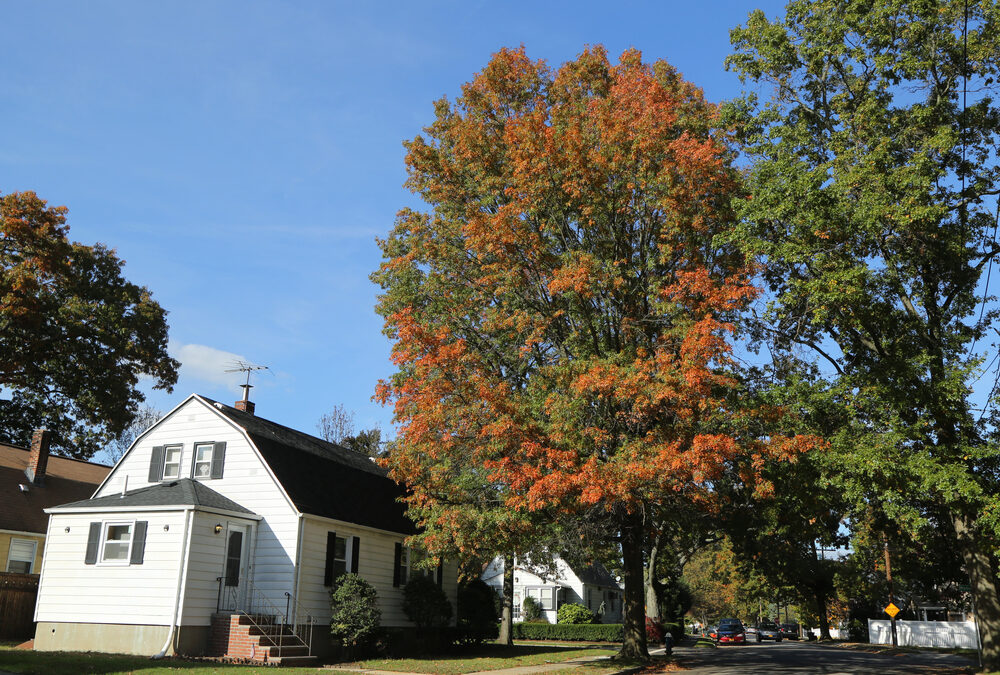The insulation tax credit is a great opportunity to lower the cost of upgrading the insulation and air sealing in your Long Island home. You can save 30% of your eligible expenses, up to $1,200 per year, making it more affordable to create a comfortable home and lower monthly energy bills.
But many homeowners are less familiar with tax credits than rebates. How is the insulation tax credit different from an insulation rebate, and how do tax credits work in general?
What is a Tax Credit?
Unlike a rebate, which is a refund or upfront discount, a tax credit reduces the amount of taxes you owe the government. The insulation tax credit, officially called the Energy Efficient Home Improvement Credit, is a federal tax credit, so it would only affect your federal taxes owed.
A tax credit offers a dollar-for-dollar reduction in your tax bill. As an example, if you go to file your taxes for the year in which you upgraded the insulation and air sealing in your home, and you owe $1,500 in federal taxes, you can use the insulation tax credit of $1,200 to reduce the taxes you owe to $300.
How the Insulation Tax Credit Process Works (in 3 Simple Steps)
- Work with a contractor familiar with the insulation tax credit to ensure that you meet all of the qualifications and maximize your savings!
- When your home improvement work is finished, make sure your contractor provides you with an itemized invoice that includes all of the expenses eligible for the tax credit.
- When it’s time to file your taxes for the year in which your insulation and air sealing upgrades were made, give your invoice to your tax professional (if you are doing your taxes yourself, you can fill out Form 5695, but we always recommend leaving your taxes to professionals!).
Things the Insulation Tax Credit Does NOT Do
- You cannot use the tax credit to get a refund: If the amount of the tax credit you are eligible to take is more than the federal taxes you owe, you won’t be paid for the difference.
- You cannot roll any remaining balance to the next year: Similarly, you can’t save any remaining balance to apply to future years’ taxes.
- You can’t take the tax credit on non-eligible expenses: Labor costs for installing insulation and air sealing are not eligible for the Energy Efficient Home Improvement Credit. But that doesn’t mean that there isn’t plenty of savings to be had! Home Efficiency Experts can help you navigate the tax credit and maximize the credit you’re eligible for.
Find Out How Much You Can Save with Home Efficiency Experts
We know that every dollar counts when it comes to making investments in your home, which is why the team at Home Efficiency Experts is trained and familiar with incentives like the insulation tax credit. As part of our energy assessment process, we will review your eligibility for this tax credit and outline your estimated savings!
